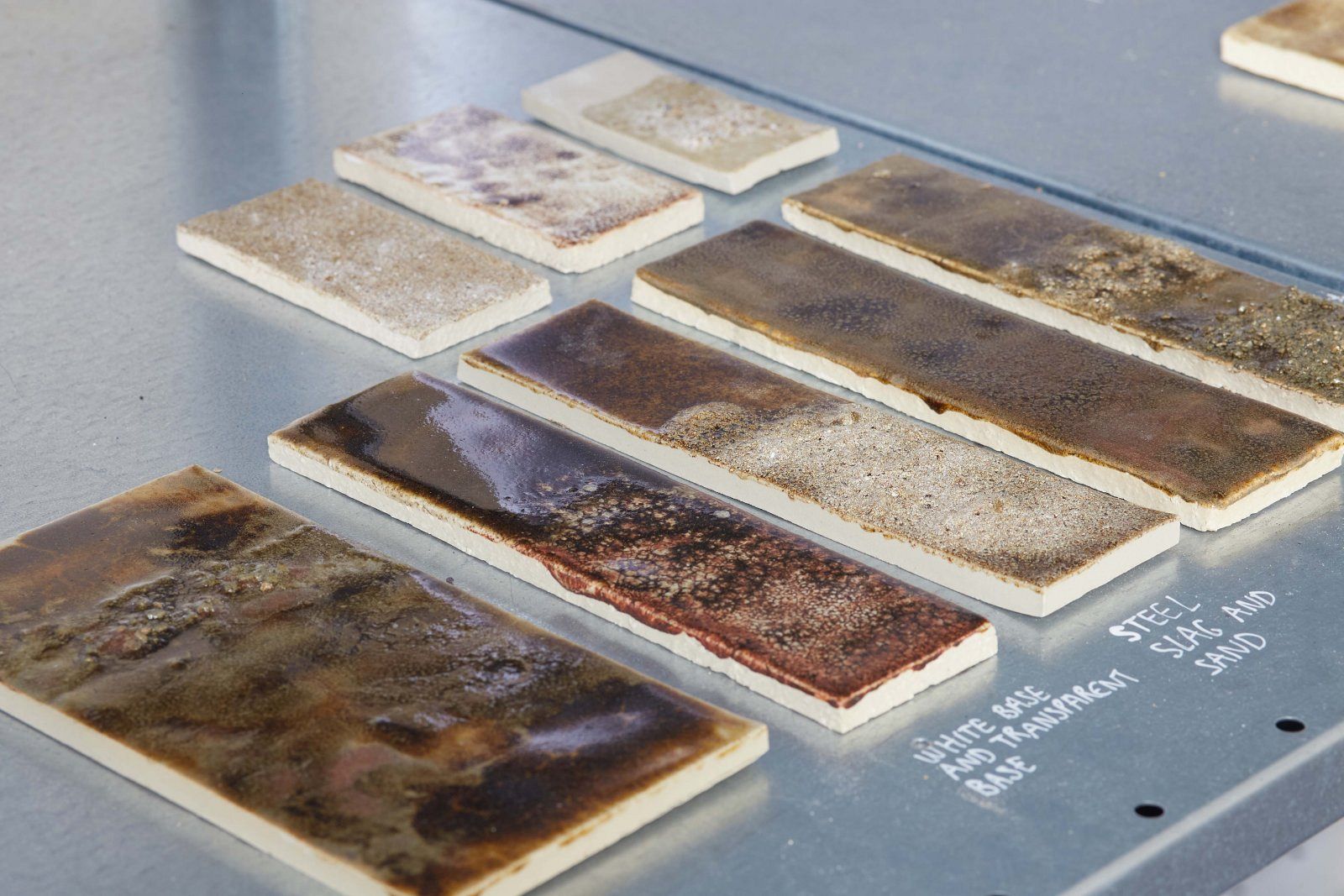
Many landscapes are haunted by industrial histories becoming part of geology, and that we recognize as ‘nature’. This project studies the area of Zuiderstand and Westduinpark, in Zuidholland. Although it seems to be a natural place, the landscape and its soil are full of monsters. Slags, by-products of industry, waste and debris of the war are silent 'hybrids,'that have become part of the landscape. Nature is entangled with industry, and this park is a design object of capitalism.
By giving a voice to these rejected monsters, multiple stories intersect, about the history of the Netherlands, the construction of the park and the beach. This project is about revealing stories hidden in the sand, exploring how these new geological entities shape the park and what they can tell us about the relation between humans and the land. Working with the help of a scientist and a volunteer of the park, I created a geological guide, categorizing these new specimens, as well as a tour providing another way of looking at the site, under its man-made perspective. In contact with a ceramist, I worked on reusing the rejected industrial waste as a pigment for glazing a set of three landmarks, telling different stories and trajectories of the haunted landscape. One depicts the different layers of an ‘artificial geology’ of the paths that have been stacked onto one another. Another one draws attention to the industrial waste scattered on the dunes. The last landmark reuses pieces of bunkers that spread in the landscape.
"The monsters [...] have a double meaning: on one hand, they help us pay attention to ancient chimeric entanglements, on the other, they point us towards the monstrosities of modern Man. Monsters ask us to consider the wonders and terror of symbiotic entanglement in the anthropocene. In the indeterminate conditions environmental damage, nature is suddenly unfamiliar again. How shall we find our way? Against the fable of progress, ghosts guide us through haunted lives and landscapes. Against the conceit of the the individual, monsters highlight symbiosis, the enfolding of bodies within bodies in evolution and in every ecological niche." Anna Lowenhaupt Tsing et al., The arts of Living on a Damaged Planet: Ghosts and Monsters of the Anthropocene, 2017
Personal context: I like to combine and go back and forth between intuitive and reflective modes of working, to balance theory and practice. I conduct material and field research, use drawing and material experiments, while theoretical reflection and writing serve as the backbone in the way I work. As a designer, in the near future, I would like to work transdisciplinary to further investigate the entanglement between soil, geology and industry. Industrial design participated in spreading all types of materials into the soil. What types of production are possible in our current context? How can I design for and again a polluted landscape on a damaged planet to enhance our entanglement with the living entities of the eco-system? How I can design to care for our common monsters created by modern industries?
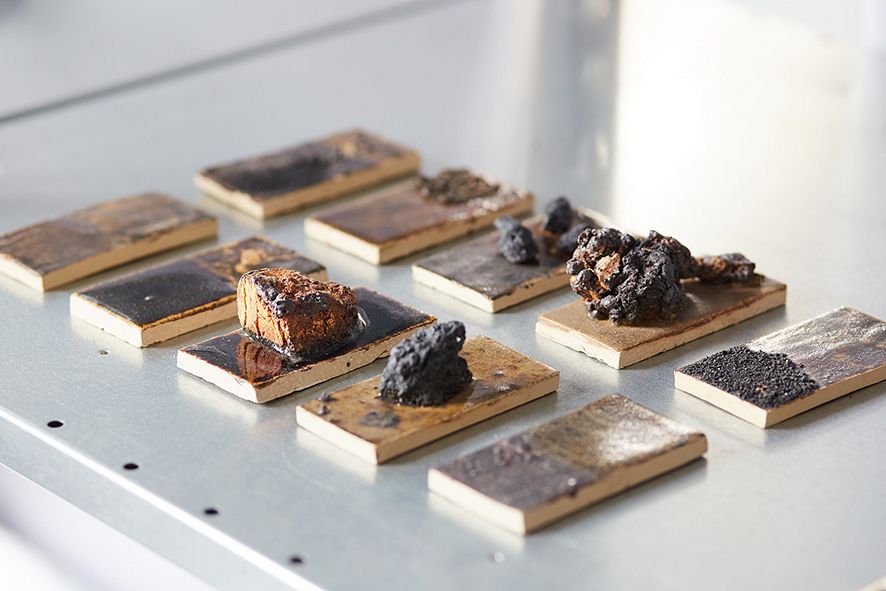
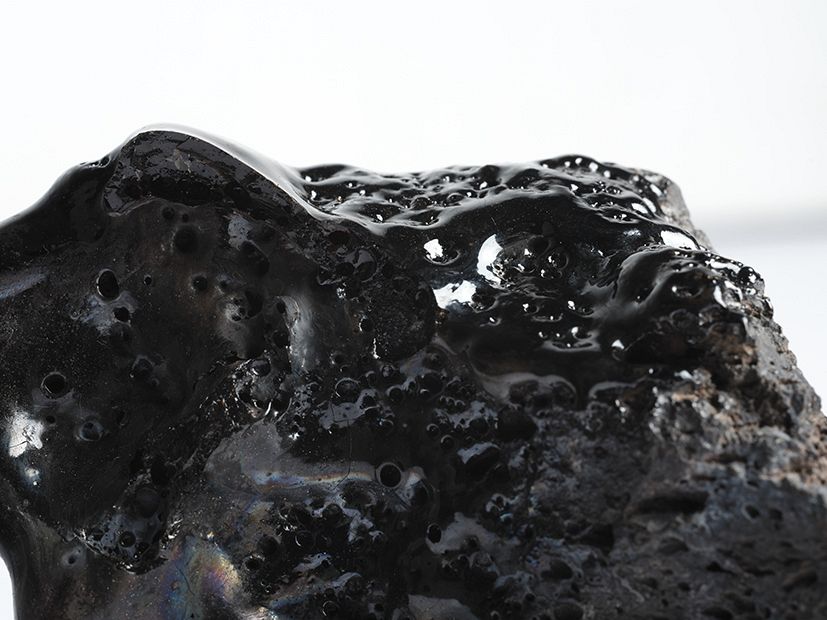
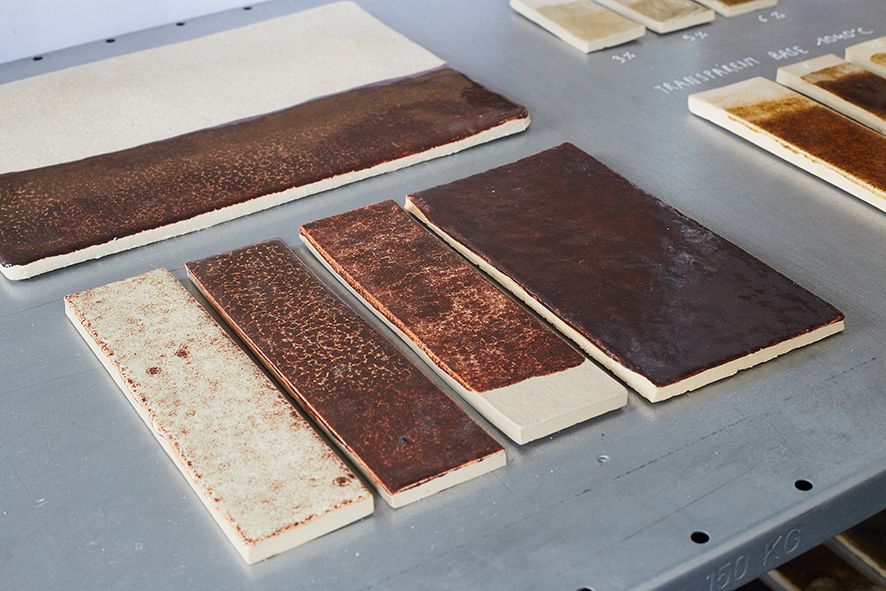
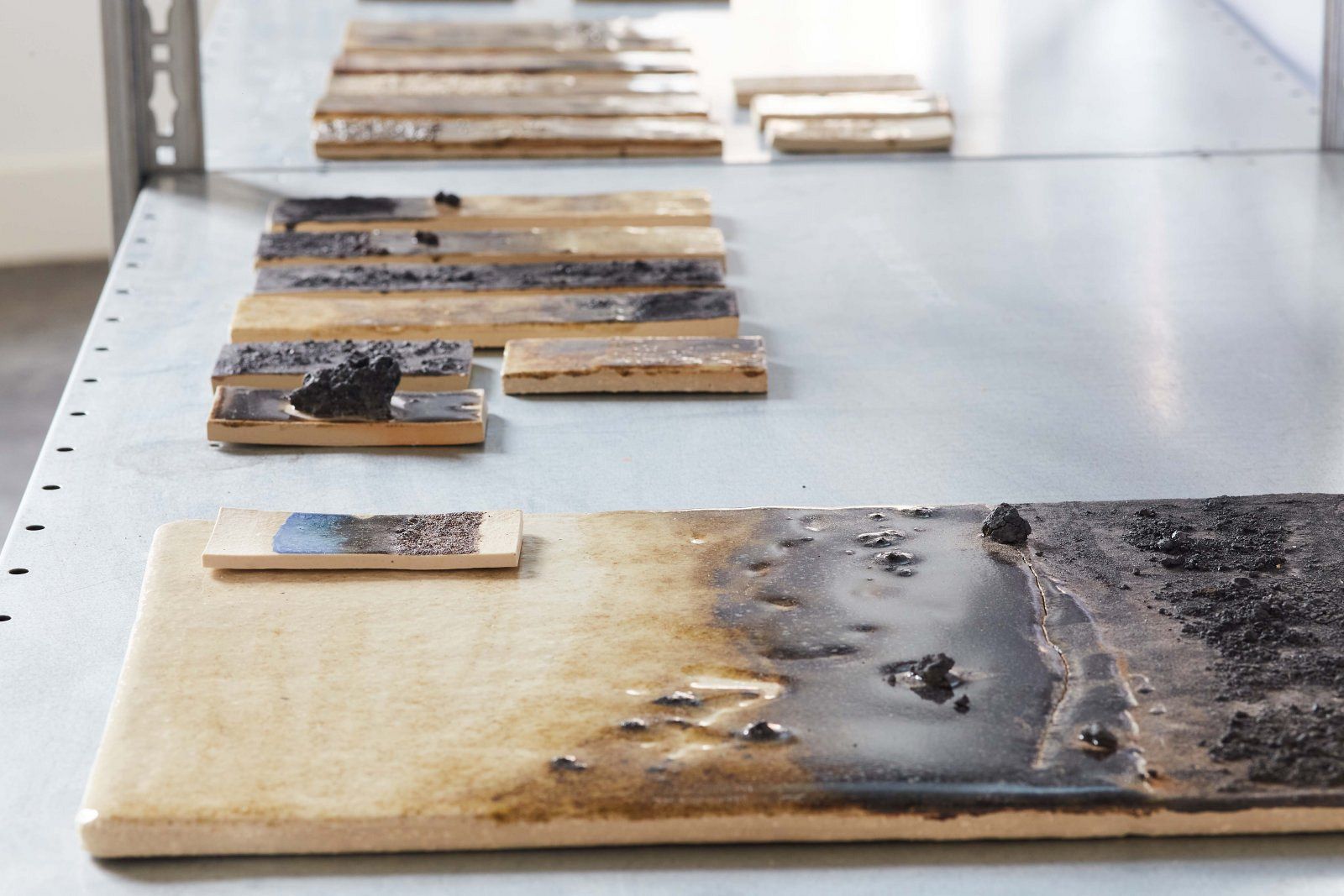
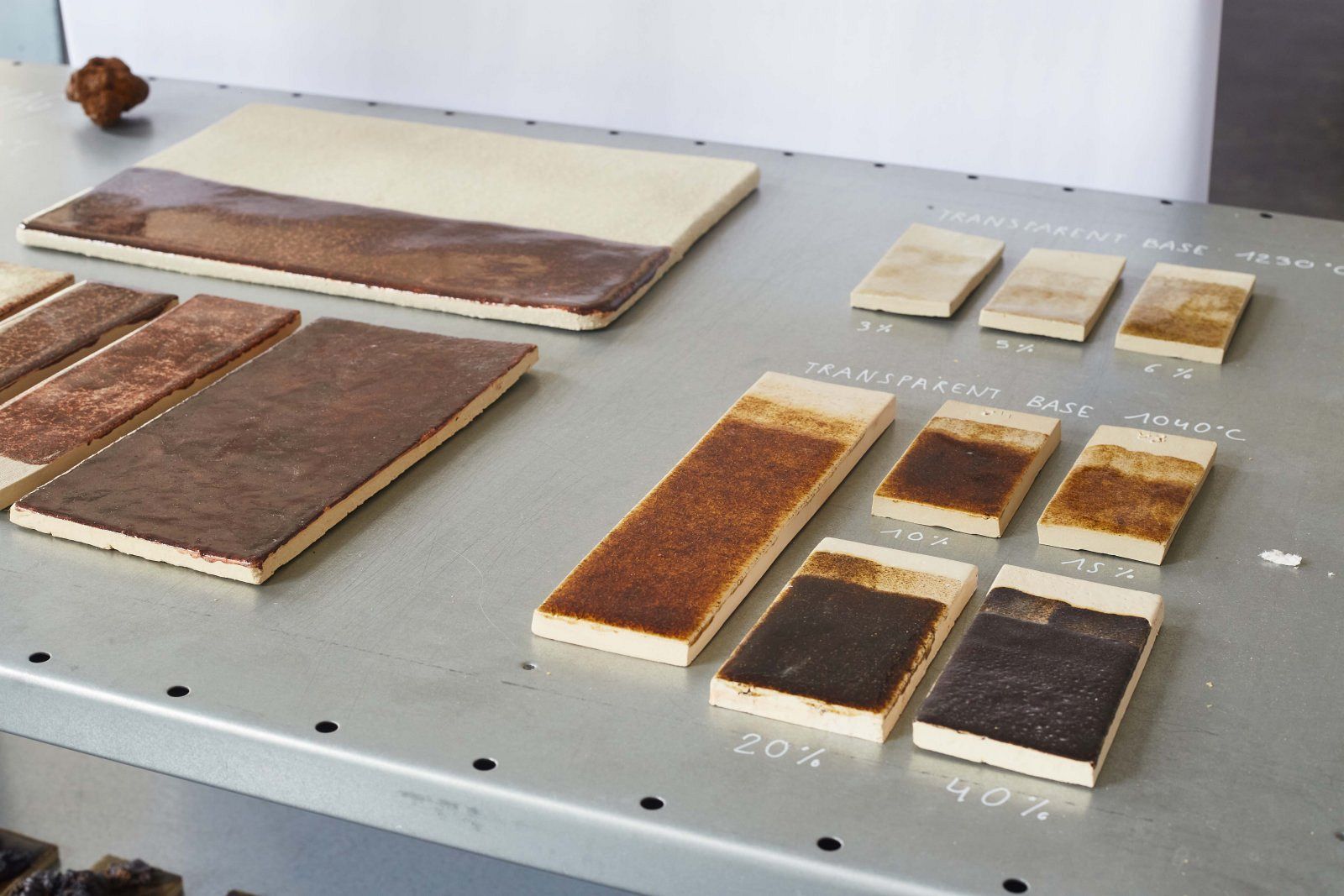
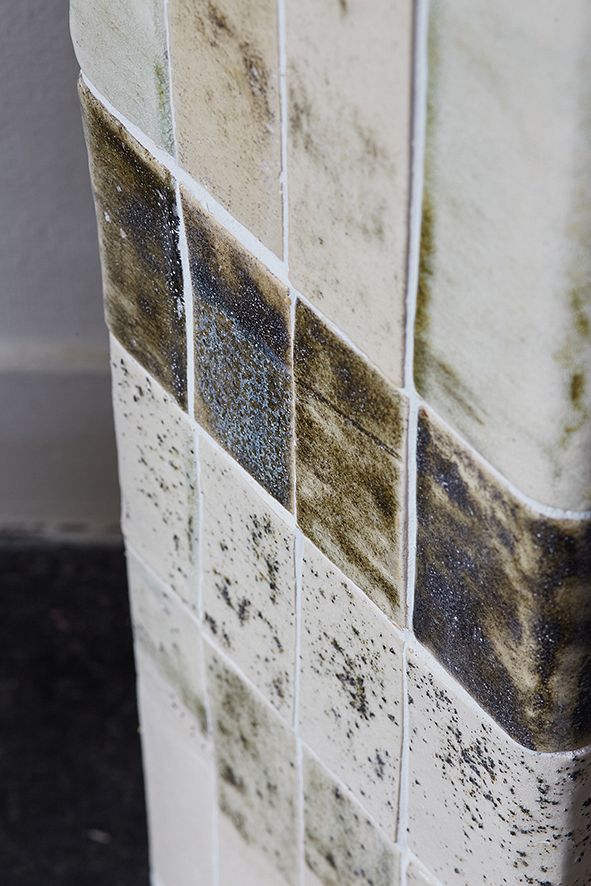

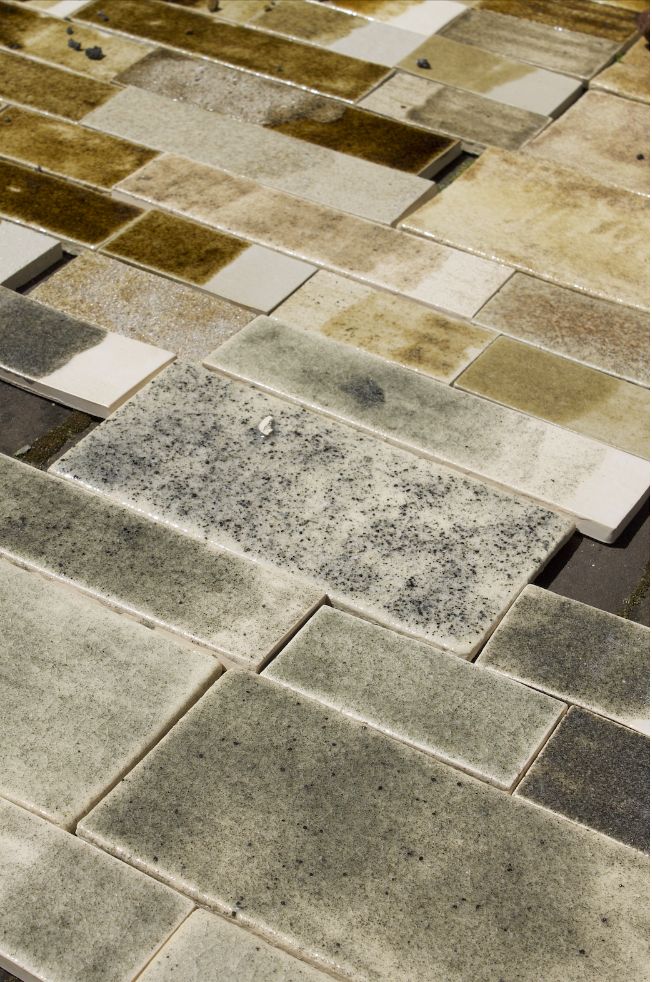
UNTANGLING STORIES IN EARTH LAYERS
Thesis
My research is about analyzing geological processes in relation with industrial design. I reflected on rocks and «industrial rocks» (slags), with references in the field of land-art, photography and by conducting interviews with geologists. My case studies are Westduinpark and Zuiderstrand, revealing the tension between the natural look of a space and the reality of its construction process. I used the conceptual frame of the technological ideal, developed by land-artist Robert Smithson, that refers to a ‘purified’ system that has been created for mass produced technological devices to exist in, and that excludes earth processes. Rocks question our representation of time: they don’t exist in a linear time frame, rather as an ongoing redistribution and transformation of matter. Whereas they are seen as something solid and strong, they are perpetually transforming and moving. This raises the question of why products are designed to remain in a fixed state, while earth matter is constantly splitting and changing. The notions of layering and entanglement structure the research. They refer to the interdependency of the inhabitants of planet earth, as opposed to human point of view that purifies, selects. Slags, absolute waste, residues of this purification, shouldn’t be ignored but can be analyzed as a medium through which we can reflect on design as well as on relations between humans and non humans.